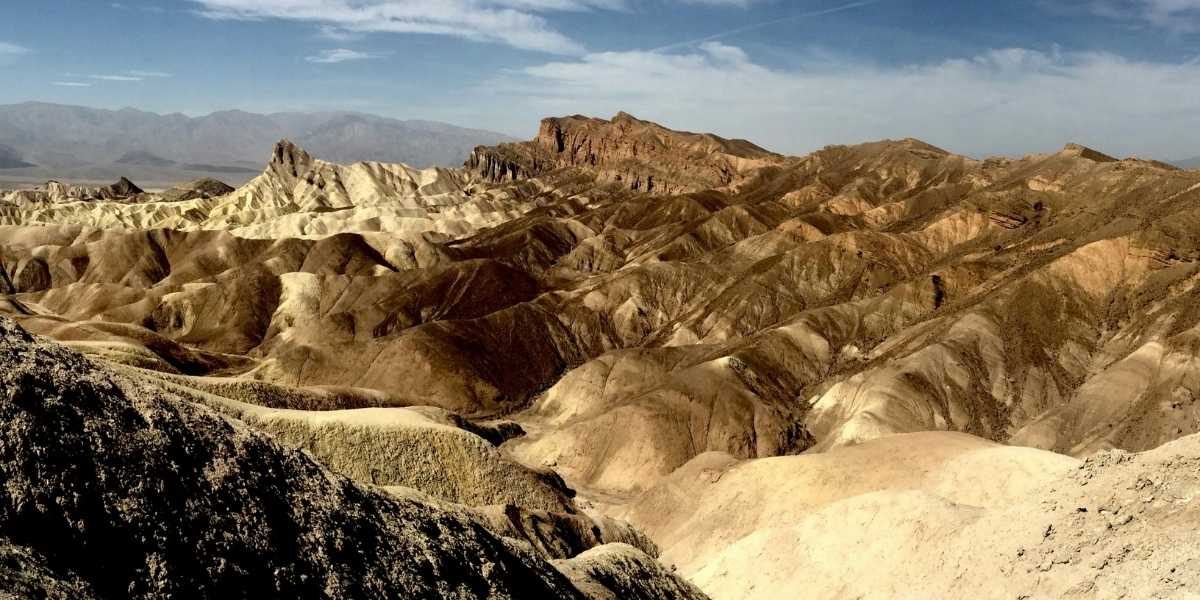When it comes to rocky planets in the solar system, Earth is the only one known to support life as we know it. But how does Earth stack up when compared to its rocky neighbors—Venus, Mars, and Mercury? All of these planets share certain characteristics that define them as “rocky” or “terrestrial,” including a solid surface, a core, and a composition dominated by metal and silicate minerals. However, each planet has unique features that set it apart. In this article, we take a closer look at how Earth compares to the other rocky planets, examining key differences and similarities.
Read Also: Discover the Best Travel Destinations in Seattle and Beyond
How Is Earth Different from Venus?
Venus, often called Earth’s “sister planet,” is similar to Earth in size and mass, but the similarities end there. While Earth has a temperate climate that can support life, Venus has an extremely hostile environment. The surface of Venus is hotter than that of Mercury, despite being farther from the Sun. Temperatures on Venus can soar to around 900°F (475°C), which is hot enough to melt lead. This is largely due to its thick atmosphere, which is made up mostly of carbon dioxide, creating a runaway greenhouse effect.
In contrast, Earth’s atmosphere contains a balanced mix of gases, including nitrogen and oxygen, which help maintain a stable temperature. Venus’s thick clouds also consist of sulfuric acid, which makes the planet’s surface inhospitable. Earth’s atmosphere acts as a shield against harmful radiation, which Venus lacks. These drastic differences in atmospheric composition and temperature highlight how Earth remains unique in its ability to sustain life.
What Sets Earth Apart from Mars?
Mars, often called the “Red Planet,” has long been a subject of interest for scientists due to its potential for past or present life. While Earth and Mars share some similarities—such as polar ice caps and a day length close to that of Earth—Mars is a much colder and drier world. With an average temperature of around -80°F (-60°C), it is far too cold to support liquid water on its surface without artificial means.
Mars’ atmosphere is thin, composed mostly of carbon dioxide, with only trace amounts of nitrogen and oxygen. This is a stark contrast to Earth’s thick atmosphere, which allows for the presence of liquid water on its surface. Although Mars does have evidence of ancient riverbeds and dried-up lakes, its atmosphere is unable to support water in its liquid form today. The lack of a protective atmosphere on Mars also exposes the surface to harmful cosmic radiation, making it even less hospitable.
Despite these challenges, recent discoveries on Mars—such as water ice and evidence of subsurface water—have spurred interest in the possibility of life, past or present, on the planet. Still, Earth’s combination of liquid water, a stable climate, and a breathable atmosphere makes it the only planet capable of sustaining life as we understand it.
How Does Earth Compare to Mercury?
Mercury, the smallest rocky planet in the solar system, is vastly different from Earth in both size and environmental conditions. Mercury’s proximity to the Sun makes it the hottest planet in the solar system, with temperatures soaring up to 800°F (430°C) during the day and plunging to -330°F (-201°C) at night. Unlike Earth, Mercury lacks a significant atmosphere to regulate these extreme temperature fluctuations. As a result, the planet’s surface experiences some of the most extreme temperature variations in the solar system.
Mercury’s lack of an atmosphere is also a critical difference when compared to Earth. Without an atmosphere to protect it, the planet is bombarded by solar winds and cosmic radiation. Additionally, Mercury’s gravity is only about 38% of Earth’s, meaning it cannot hold onto a thick atmosphere, unlike Earth, which maintains its protective layer through its stronger gravity.
Unlike Earth, which has abundant water in the form of oceans, lakes, and rivers, Mercury’s surface is dry and barren. However, scientists have discovered traces of water ice in craters near its poles, where the temperature remains low enough to preserve it. These findings highlight that even in seemingly hostile environments, there is potential for unexpected discoveries.
What Do All Rocky Planets Have in Common?
Despite their stark differences, Earth, Venus, Mars, and Mercury share several key characteristics. All four planets have a solid surface, a metal-rich core, and an outer mantle made primarily of silicate minerals. They also formed from the same building blocks during the early stages of the solar system’s formation. The fact that these planets share similar structures suggests that the processes that formed them were similar, despite the vastly different environments today.
Additionally, all rocky planets experience geological activity, though the intensity varies. Earth, with its active tectonic plates, experiences earthquakes and volcanic eruptions that constantly reshape its surface. In contrast, Venus and Mars show signs of ancient volcanic activity, while Mercury’s surface remains relatively unchanged due to its lack of significant geological processes in modern times.
Why Is Earth Unique Among the Rocky Planets?
Earth’s uniqueness lies in its ability to support life. While Venus and Mercury are too hot, and Mars too cold and dry, Earth exists in the “Goldilocks zone,” a region around the Sun where conditions are just right for life. Earth’s atmosphere, rich in nitrogen and oxygen, along with its magnetic field, provides a shield against harmful solar radiation, making it habitable for a wide range of organisms.
The presence of liquid water, moderate temperatures, and an oxygen-rich atmosphere set Earth apart from its rocky counterparts. These factors combined make Earth the only known planet in the universe to support complex, carbon-based life.
Read Also: Statue of Zeus at Olympia: Lost Marvel of Ancient Greece
Earth’s Special Place in the Solar System
In conclusion, when comparing Earth to other rocky planets like Venus, Mars, and Mercury, it becomes clear that Earth’s unique combination of features makes it a special place in the solar system. From its life-supporting atmosphere to its stable climate, Earth is the only known planet capable of sustaining life. While Venus, Mars, and Mercury each have their own fascinating characteristics, none possess the conditions necessary for life to thrive as Earth does.
As we continue to explore the cosmos, the search for Earth-like planets will remain a priority. Understanding how Earth compares to other rocky planets helps us appreciate the delicate balance of factors that make our world the perfect home for life.






